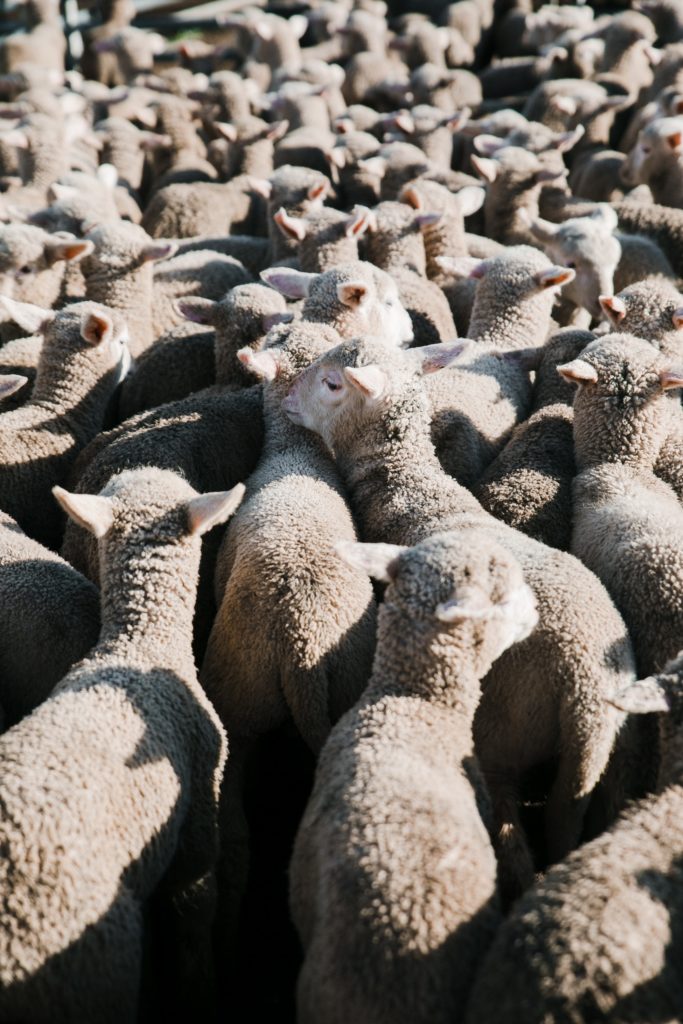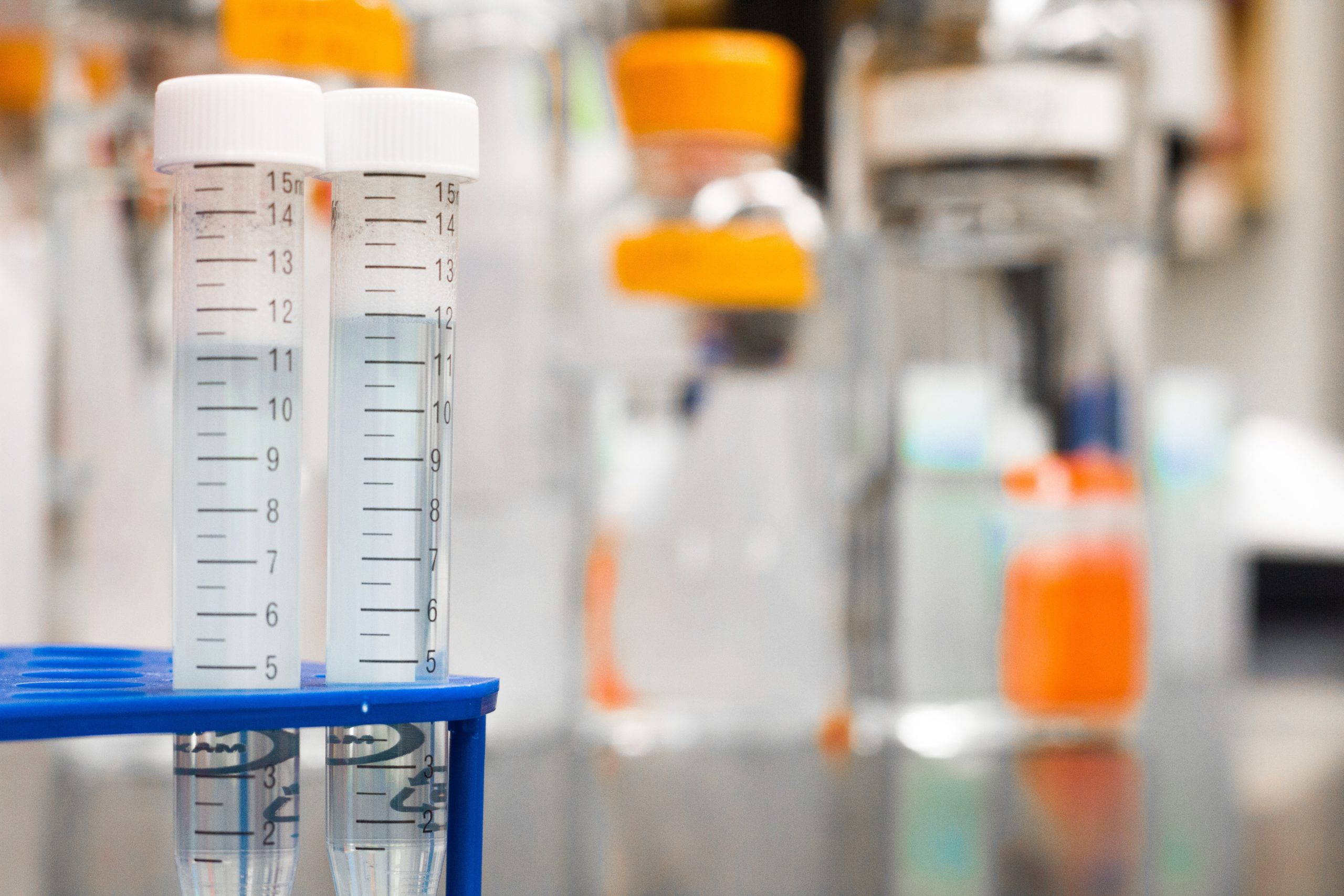Caseous Lymphadenitis (CL), caused by the bacterium Corynebacterium pseudotuberculosis, is a chronic and highly infectious disease affecting sheep and goats worldwide. While prevalent on all continents, CL often goes underestimated, largely due to its non-reportable status in many countries, including the United States. This zoonotic disease poses significant economic losses to livestock industries due to various factors such as decreased marketability of breeding stock, condemnation of carcasses, and animal deaths. In this blog post, we will delve into the diagnosis, prevention, treatment, and biosecurity measures necessary to combat this debilitating disease.

Transmission
CL spreads primarily through direct contact with pus or secretions from abscesses containing C. pseudotuberculosis bacteria. These bacteria can persist in contaminated soil for up to two years, making transmission possible through contact with contaminated equipment, facilities, pastures, and feed and water troughs. Herd mates can also spread the disease when they come into direct contact with a ruptured abscess. It’s important to note that CL-infected animals can carry the disease for life.
Clinical Signs
The presence of external abscesses, typically located behind the ears, beneath the jaw or neck, on the shoulders, or in the rear flank region, is the initial indicator of CL infection. These abscesses are responsible for disease transmission, while internal abscesses, affecting organs like the lungs, kidneys, and liver, are typically fatal. Internal abscesses that impact carcass quality also occur. The incubation period ranges from 2 to 6 months, with some animals showing resistance to the disease despite carrying the bacteria.
Testing options
Diagnosis of CL is based on clinical signs in addition to serology and PCR testing. Serology testing is a useful screening tool as a way to identify a potential problem early. To confirm that an abscess is CL, submit a sample of abscess content to a diagnostic lab fo polymerase chain reaction or PCR testing.
Unfortunately, there is no cure for CL, there is only prevention and management. When a potential abscess has been identified the following steps should be followed:
- Isolate the animal from the herd immediately.
- Place the infected animal on a surface that facilitates disinfection, like a concrete floor.
- Wear gloves when draining abscesses to avoid contamination.
- Use a disposable scalpel to cut and drain the abscess.
- Thoroughly drain the abscess, collecting pus for lab analysis.
- Clean the abscess cavity.
- Keep the infected animal separated from the herd until fully healed.
- Disinfect the area where infected animals were housed.
- Maintain records of abscess cases.
- Incinerate disposable items used during the procedure.
With the verified PCR results in hand, the producer can make informed decisions about their herd health.
https://dldlabs.com/goat-sheep-services/
Biosecurity and Biocontainment Measures
While CL has no effective treatment, certain management practices can minimize its impact:
- Conduct frequent visual examinations of the herd, particularly in wool sheep and fiber goat breeds where abscesses may be hidden by long hair.
- Avoid purchasing animals with visible abscesses or abscess scars.
- Examine males before introducing them to the doe herd, as they can contaminate females.
- Administer injections with new needles for every animal to prevent the spread of disease.
- Disinfect equipment that may break the skin of animals, such as ear taggers, tattooing needles, and shearing equipment.
- Cull infected animals to reduce the risk of CL infection.
- Consider maintaining a closed herd to limit exposure to outside sources of infection.
Conclusion
Caseous Lymphadenitis is a disease of significant economic importance that affects livestock industries and can be transmitted to humans. Eradicating CL from herds requires a collaborative effort among producers, government agencies, researchers, and laboratories. Implementing rigorous biosecurity measures, early diagnosis, and prudent treatment practices are essential steps towards reducing the impact of CL on the herds’ profitability and productivity, ultimately ensuring the health and well-being of both animals and humans.

